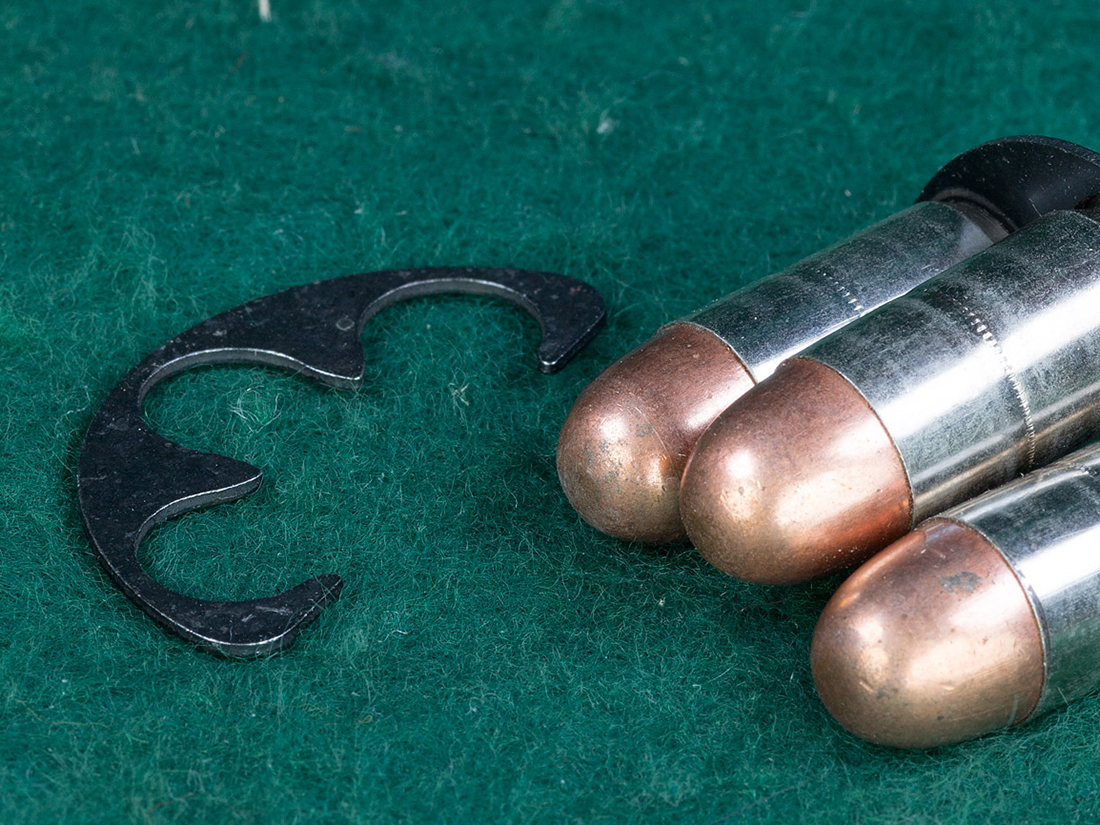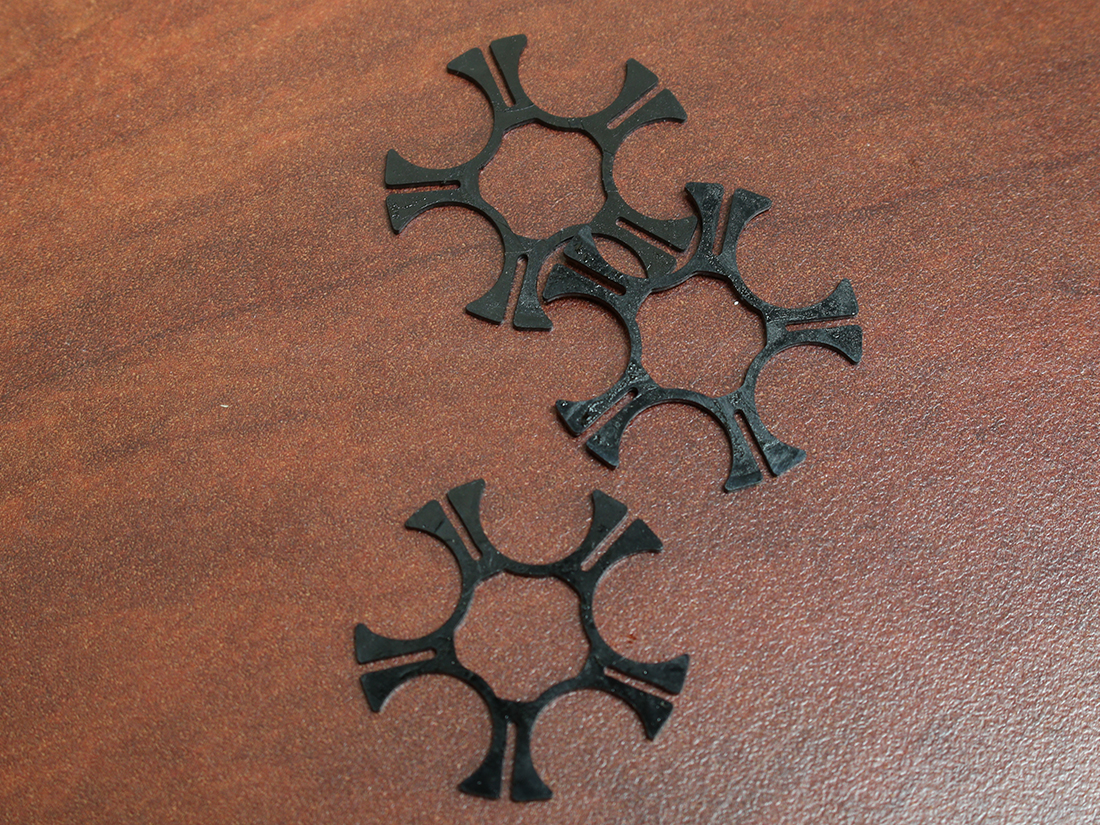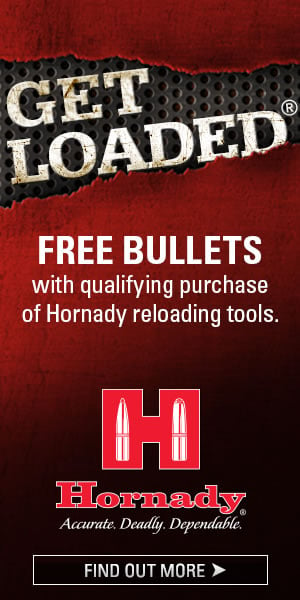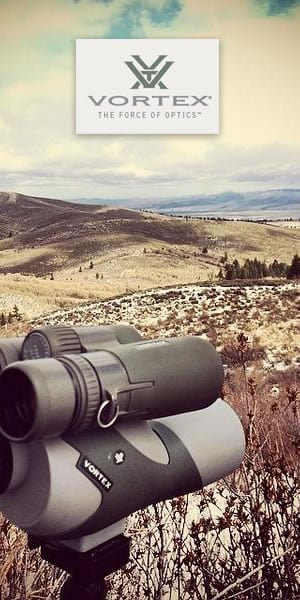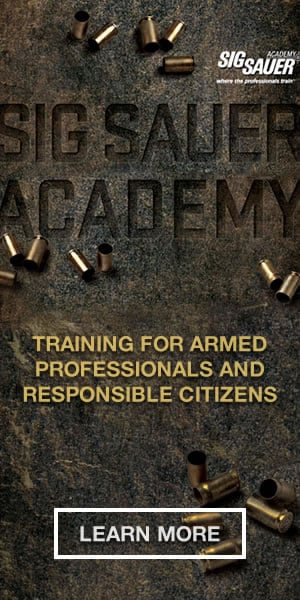The idea of using rimless semi-automatic pistol ammunition in the revolver (which is designed to work with rimmed cartridge cases that engage the cylinder extractor) is nothing new. Actually, the concept dates back to World War I.
At that time, the 1911 Colt .45 Automatic had just been standardized by issue to our military. When we entered WWI in 1917, the 1911 was in short supply, along with 1903 Springfield Rifles and effective machine guns. In order to make up the difference between need and supply, both Smith and Wesson and Colt turned portions of their revolver production to making their own version of the government contract Model 1917 .45 ACP revolver rather providing revolvers chamber in a rimmed revolver cartridge. That would have complicated the pistol ammunition supply issue.
On the other hand, at that time there had not been an easy way to extract rimless ammo from a revolver cylinder. In order to solve that problem without extensive retooling and redesign of the revolver itself, an engineer at Smith and Wesson designed and patented (and allowed Colt to use) a piece of sheet metal steel that became known as the "half-moon" clip.
The half-moon clip snapped onto the base of the rimless .45 ACP cartridges, holding them firmly in place. Each half-moon held three rounds. When dropped into the slightly modified cylinder, the half-moons were engaged by the cylinder extractor star. When the extractor rod was pushed, the clips pushed the fired or live rounds up out of the cylinder, and they fell clear in two separate three round units. The system was quite effective, and made the M1917 revolvers acceptable for military use. The development of the half-moon clip and M1917 revolvers meant that there were enough M1911 .45 pistols to be issued to front line units, while the M1917's were issued to secondary troops.
Full moon clips, on the other hand, can hold five, six or even more cartridges. I first remember seeing and hearing about full moon clips in the late 1980's and 1990's. The new full moon, or just "moon" clips, were popularized by the great revolver championship shooter Jerry Miculek due to the speed of reloading when using them. Miculek could, and probably still can, fire six rounds and reload six more in three seconds using moon clips in a Smith and Wesson .45 ACP revolver, and still put all 12 rounds in the 6x11 inch zone of a standard IPSC target at 15 feet. The fact that all the rounds go in the revolver cylinder as a unit with the clip attached, and are ejected as empties with the clip still attached, allows a revolver to be reloaded faster than with the use of a standard speedloader which has to be cleared and discarded from the gun as part of the reload.
Eventually the use of moon clips migrated to defensive revolvers due not only to the advantages of fast reloading, but also providing another handgun that uses the same ammo that you might have on hand for the semi-automatic 9mm pistol or 9mm carbine you already own. The five-shot snubnose Ruger LCR (Lightweight Compact Revolver) in 9mm is one such revolver.
Built on the same frame as the LCR in .38 Special, .327 Federal Magnum and .357 Magnum, the 9mm LCR also shares the same polymer fire control housing with stainless steel monolithic frame as its siblings. Barrel length is only 1.87 inches. The short barrel and light frame allows the LCR to weigh in at a trim 17.2 ounces, yet still handle the aforementioned centerfire cartridge chamberins. Speaking of the frame of the LCR 9mm, the LCR 9 features a hammerless (actually a hammer concealed by the frame), frame, which makes it ideal for pocket carry as there is no hammer spur to snag on clothing.
I recently tested the 9mm LCR for another project I was working on. Externally, the LCR 9 is indistinguishable from the other models designed for rimmed cartridges. But inside the box there was a packet of 3 sheet metal five shot moon clips (note that you will want to purchase more to have on hand). The LCR 9 will still fire 9mm ammo without the use of the moon clips, they just won't eject properly. Stick with using moon clips for proper operation.
Loading and unloading moon clips is slower than loading and unloading standard revolver speed loaders. The cartridges need to be snapped in place in the clip, then pulled free after firing, or to switch loads. The snap in tightly and won't pull free accidentally. There are tools available online to remove the cartridges from the moon clip, but for limited use that a snubnose defensive revolver gets they probably aren't necessary. I found the moon clips Ruger supplied easy enough to use.
Once the moon clips were charged with five rounds, loading the revolver was a snap. Simply open the cylinder, and drop the cartridges clip and all in the chambers and close the cylinder. Once the rounds have been fired, you unload the complete clip by kicking it free with the ejector rod. There are no loose cartridge cases falling about as there are with rimmed revolver cartridges to get trapped in the action. The shortness of the 9mm cartridge case compared to a .38 Special case also helps to clear the cylinder easier.
I test fired the LCR 9 using the excellent SigSauer Elite V-Crown 124 grain JHP ammo. I was very impressed with the velocity readings when firing it across my chronograph. Average velocity from the short barreled LCR was 1104 Feet Per Second (FPS). This equates to 336 foot pounds of energy (FPE) at the muzzle, which is surprisingly high for a handgun with a barrel under two inches in length, and more energy than you will get out of .38 Special +P loads with similar length barrels. By way of comparison, SigSauers 125 grain +P .38 Special VCrown load only averaged 826 FPS from the muzzle of an LCR chambered for it. That velocity only produces 189 FPE at the muzzle. That's a significant difference in power.
Accuracy of the LCR 9 was quite good, thanks in part to the Ruger's easily visible white front sight insert and the smooth double action trigger pull. Five shot groups measured in the two inch range when fired with a two hand grip standing unsupported at 21 feet. That is more than accurate enough for a defensive handgun, and recoil was quite controllable thanks to the Hogue Tamer Monogrip.
The Ruger LCR 9 is an interesting departure from standard format double action snub revolvers. It is reliable and delivers a more than adequate amount of controllable power. LCR 9's are in stock at Vance Outdoors and are currently priced at $459.99.
